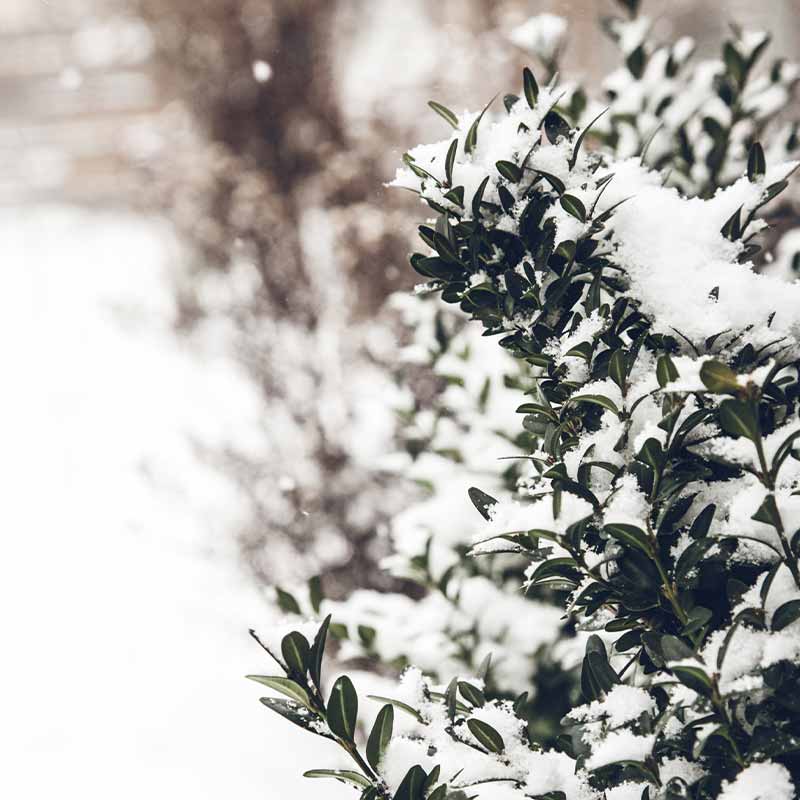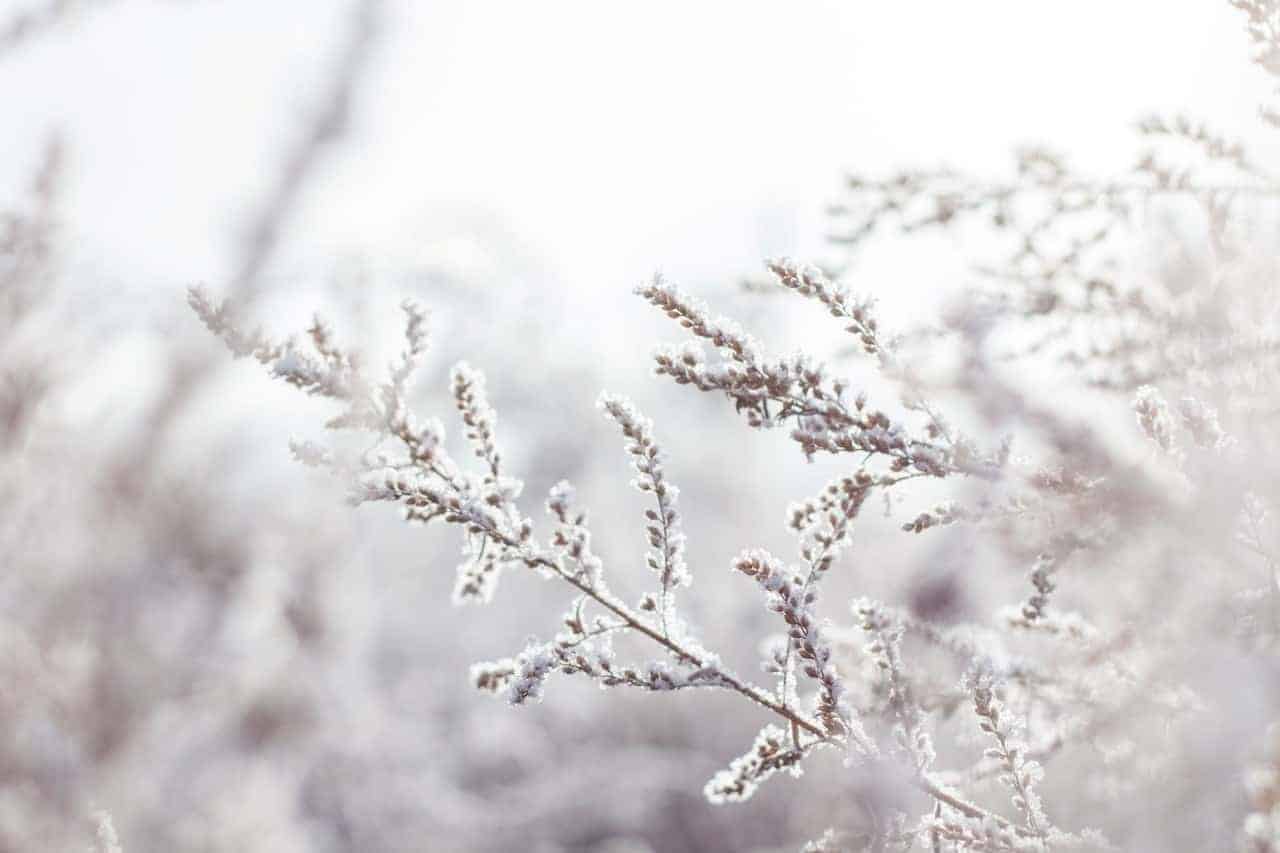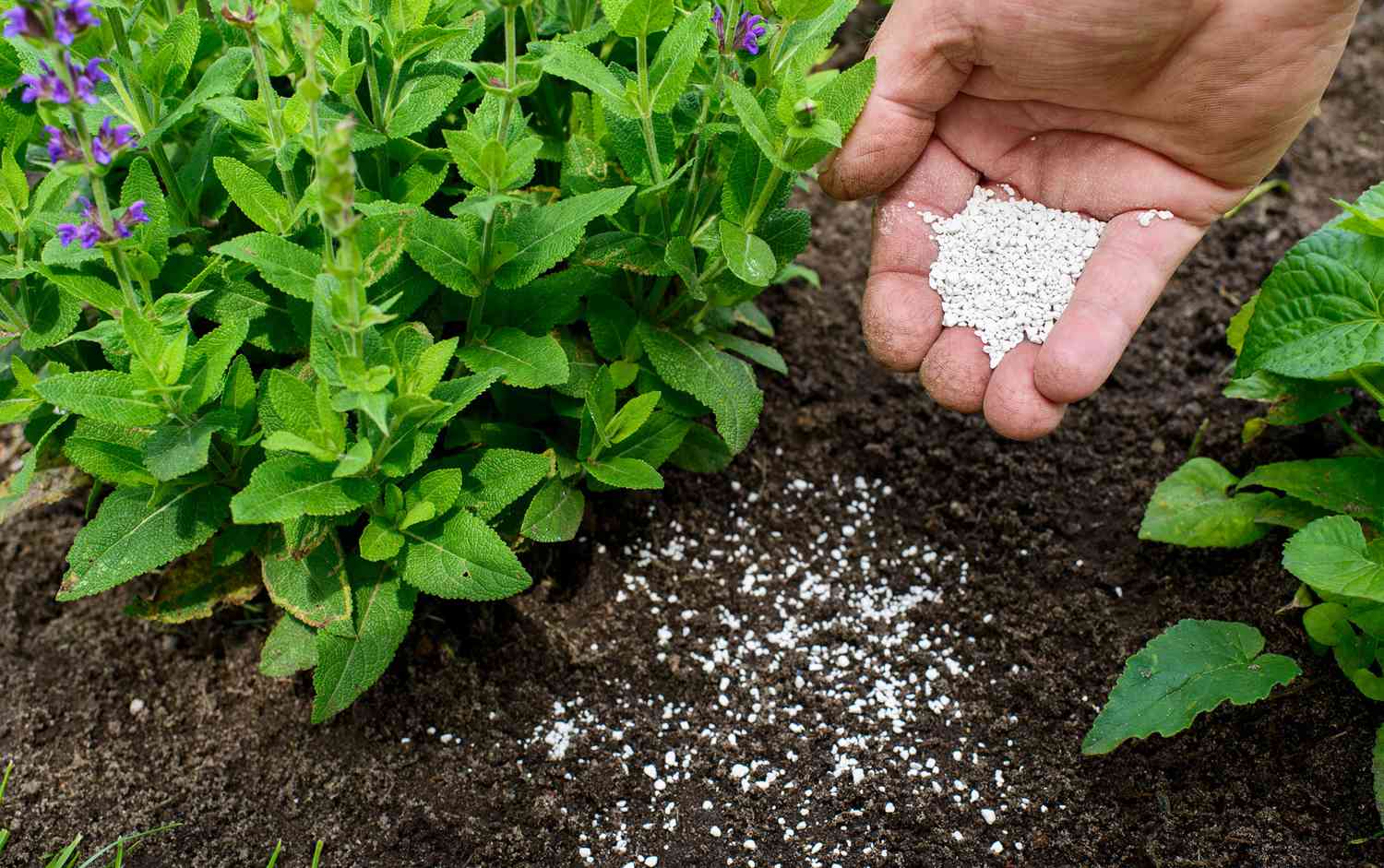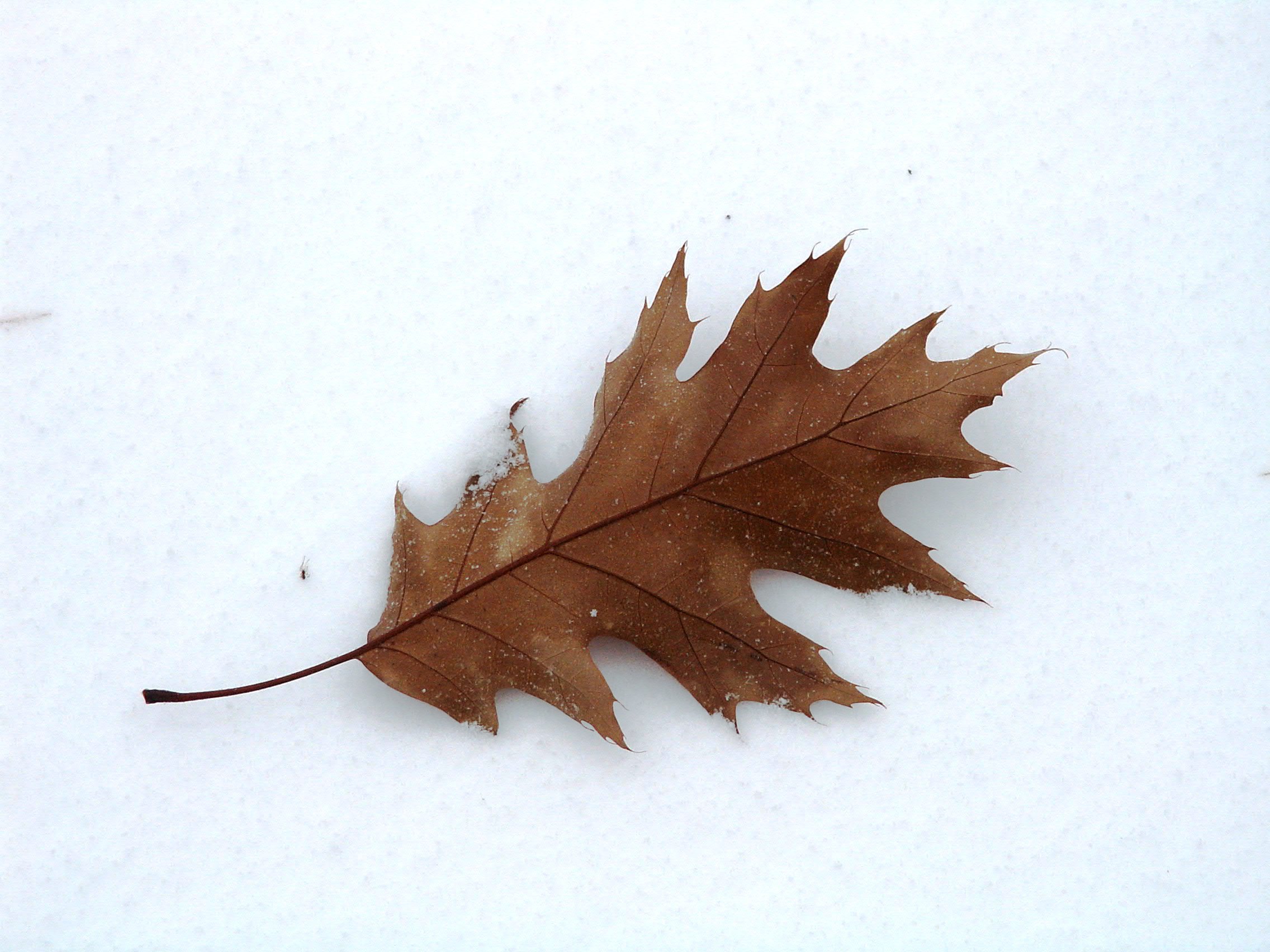The demands of your plant alter as the seasons change. Outdoor changes have an impact on indoor plants. We’ll speak about all things winter in this post, including how to care for your plants when the weather drops below freezing.

/lighting-for-houseplants-1902691-04-crop-d3f5ee31ec334b5ca9c93e7ee1a8786d.jpg)
/lighting-for-houseplants-1902691-04-crop-d3f5ee31ec334b5ca9c93e7ee1a8786d.jpg)
We don’t see the sun as much in the winter because it sets sooner, is lower in the sky, and is frequently obscured by clouds. During this time, make sure your houseplants are getting enough light. If your plants are slanting towards the light source, such as a window, rotate them every few days to help them straighten up. If your plants’ new growth seems spindly, bring them closer to the light.
Temperature


Indoor plants that are accustomed to rather steady circumstances might be stressed by a sudden temperature change or a cold blast. Plants should be kept away from open windows, front doors, and heating equipment like radiators. The Fiddle Leaf Fig, for example, is more vulnerable to cold than other plants. Remember, if you’re feeling chilly, your plant probably is, too.


In the cold, do you feel drowsy? Plants are no exception. This is due to shorter days and less sunlight. From October through February, tropical plants will fall into hibernation. Because plants only take up water in proportion to the quantity of light they get, the amount you water your plants will alter. Keep the soil as dry as possible, as wet soil might cause to decay. Either delay waterings or minimize the amount of water use


Closed windows increase dust and indoor pollution in the winter. Dust and grime can restrict the quantity of light reaching your plant, and given how short the days are, it’s critical that they get as much as possible. Biweekly, dust off the leaves gently. Use a soft cloth and water with a drop or two of lemon juice or home soap to remove heavy build-up.
Winter Vacations


If you’re going on a winter vacation and don’t have somebody to look after your plants, relocate them away from light sources. The plant will need less water as a result of the temporary light deficit, preventing them from drying out.


In the winter, your plant is working at a much slower speed and will not benefit from any additional nutrients. Allow your plant to rest. You can use half-strength fertilizer if they’re actively developing or if you’re using grow lights.


In the winter, plants lose their leaves to compensate for the loss of light and, as a result, the lack of nourishment. Don’t panic if your plant flourished throughout the summer but now appears to be doing the reverse. It’s just a matter of adapting to the seasons. If your plant has become overgrown, you can cut off a few leaves to avoid future leaf loss. It also makes your plant appear fuller and bushier.
